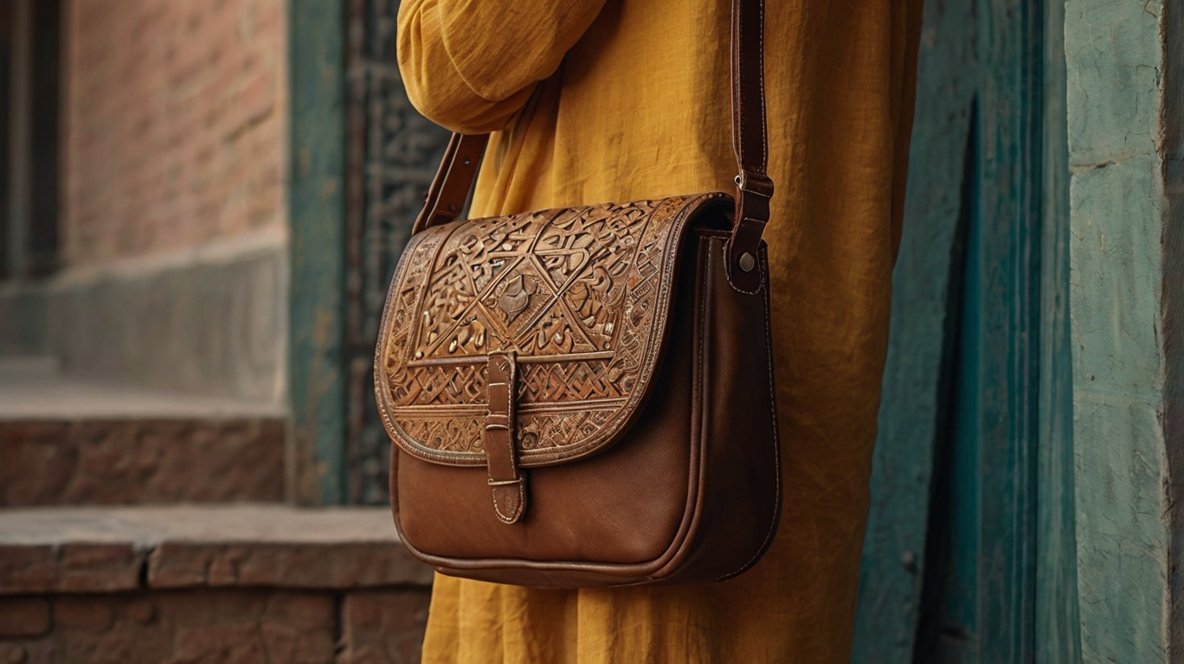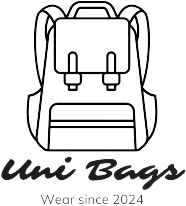Why Crossbody Bags in Pakistan are Perfect for Daily Use

Within the swirling hustle of Pakistan’s metropolises—where motorcycle engines murmur like locusts beside ancient calligraphy on sandstone walls—crossbody bags have emerged as quiet revolutions. No longer inert containers for the mundane, they now mirror intent and identity. One glance through the weaving bylanes of Saddar, the neon veins of MM Alam, or the contemplative shadows of Quaid-e-Azam University, and you’ll find them: slung across chests, slouching against hips, blending with both rebellion and decorum.
The Rise of Crossbody Bags in Urban Pakistani Fashion
This phenomenon is no whimsical trend. It’s the synergy of ease and elegance. Where past satchels either bellowed with bulk or slouched into frailty, these modern musettes stitch harmony between utility and allure. Suspended diagonally, they free limbs for movement while drawing the eye with sculptural poise.
For the Pakistani citizen who pirouettes between multiple identities—scholar, freelancer, commuter, vendor—this bag becomes more than garb. It is survival-meets-style. Students slide in tangled chargers beside weather-beaten journals. Traders hoard rupee notes and invoices within. Poets carry fragments of verse, wrapped in tissue and tucked beside tamarind candies. What once was baggage now becomes a mobile universe—resilient and refined.
Elements That Define a Quality Crossbody Bag

To assume all crossbody bags breathe from the same weave would be fallacy. Many unravel like myths under scrutiny, while the exceptional ones bloom with time, like old folk songs gaining weight through repetition.
First, the pelt matters. Full-grain leather doesn’t just whisper vintage—it carves heritage into every scuff. A rich hide that ages like a beloved book’s spine, its patina softens with memory. Waxed canvas—stoic and salt-touched—defies rain and friction. Meanwhile, high-grade synthetics offer featherlight tactility paired with architectural grace.
But the soul is not skin-deep. Seek the meticulous: interlocking seams that brave weight and motion, zippers that glide like poetry, clasps immune to rust’s kiss, and plush interiors that shield glass screens and scribbled love notes. A true crossbody doesn’t disintegrate with temperature shifts from Lahore’s blistering sun to Nathia Gali’s chill—it endures, a silent ally.
Then comes form—those rare angles that echo the body’s anatomy. Slim profiles caressing ribs, adjustable sashes that democratize fit. Colors that speak softly by day and murmur sophistication by dusk. A superior bag doesn’t yell for attention. It invites a second glance with its quiet precision.
Versatility for Every Occasion: From Bazaars to Boardrooms
In the variegated tableau of Pakistani life—from the kaleidoscopic tumult of Landa Bazaar to the buttoned-up ambiance of Gulberg’s office suites—crossbody bags are chameleons. They transform without theatrics, evolving to suit every micro-stage.
On a weekend escapade through Liberty Market, it nestles low, absorbing the aromas of roasted corn and incense. Come weekday, it ascends, crisp and composed, guarding contracts, styluses, and intent.
What other accoutrement offers such duality? Picture a matte leather crossbody paired with a charcoal kurta—executive enough for finance meetings, yet modest enough for a post-prayer stroll. Or envision a coarse-weave pouch complementing chappals and denim—ideal for students weaving between lectures and street food carts.
These bags demand neither costume change nor compromise. They adapt like seasoned performers, now with removable straps, magnetic closures, reversible skins—artifacts of thoughtful design. The future isn’t in flashy accessories. It’s in modular, mindful carryalls that obey your itinerary.
In a society tethered to screens and mobility, these bags rise to the moment. Tablet-ready. Charger-cushioned. Sanitizer-slotted. When the city pulses with urgency, they do not lag—they lead.
Genderless Appeal: Why Everyone’s Wearing Them
Enter any Pakistani café, campus, or corridor, and witness an unfolding aesthetic renaissance. Crossbody bags have unshackled themselves from gender’s binary. They swing from shoulders with confident ambiguity—carried by anyone who values form, function, or both.
Gone are the days when men winced at satchels or women monopolized boho tassels. Today’s designs are unapologetically unisex. A graphite leather bag with brushed brass trimmings defies categorization—it is simply beautiful. A rust-toned canvas sling with ethnic embroidery whispers individuality, not identity.
This evolution owes much to global osmosis. From K-dramas to indie cinema, streetwear to minimalist movements, young Pakistanis are devouring fluid fashion. Brands—local, indie, heritage—are reciprocating with collections that span spectrum and sentiment.
Pricing, too, reflects this egalitarian tide. From curated boutiques in F-6 Islamabad to roadside gems in Burns Road Karachi, price tags don’t dictate access. Whether handcrafted in an artisan’s studio or mass-fabricated in a city warehouse, the crossbody bag is now democratic.
These vessels don’t ask “who are you?” but rather “where are you headed?” And then, they follow, faithfully.
Styling Tips and Cultural Trends in Crossbody Fashion
Your crossbody is not an afterthought. It’s punctuation—a flourish that either completes your sentence or leaves it flat. Begin with interplay. Let opposites converse. A bone-white satchel against emerald kurta? Magnetic. A graffiti-strapped bag slung over soft pastels? Unexpected harmony.
Infuse heritage—bind an ajrak scarf to the strap, pin on a miniature rickshaw. Let truck art sing beside Scandinavian minimalism. Pakistan’s cultural fabric is too lush to ignore. Let it embellish your canvas.
Don’t cling to symmetry. Let the bag fall diagonally, exaggeratedly. Pair it with hoops, ankle bells, or even a fedora. Let asymmetry be your signature. Play in misalignment.
Most importantly, dismiss the myth of “matching.” Contrasts are alchemy. A combat-style sling with velvet shawls. A suede crossbody astride sequined tunics. True flair doesn’t match—it collides and still looks splendid.
And the luminaries? Pakistan’s fashion vanguard—bloggers, musicians, poets—are already donning these pieces like talismans. For them, and increasingly for all of us, one utility rises repeatedly to the fore when bridging our hybrid lives:
Best Shoulder Bags in Pakistan for Work and Casual Outings—not just recommendations, but lifestyle extensions woven in tactile whispers of ambition, craft, and comfort.
FAQs
1. Can crossbody bags complement formal Eastern attire?
Absolutely. Select refined textures like leather in charcoal or espresso hues. Their structure complements suits, sherwanis, and kurtas with dignified restraint.
2. How do I pick a weather-resistant crossbody bag in Pakistan?
Opt for bags crafted from waxed canvas or treated hide. Prioritize water-proof linings, corrosion-resistant zippers, and bonded threads for durability.
3. Are crossbody bags gender-specific in Pakistan?
Contemporary designs transcend gender. However, brands offer stylistic variations—florals, rugged slings, or metallic accents—to suit varied personal expressions.
4. What size should I choose for everyday commuting?
Medium-sized carriers work best—compact enough to stay light, yet roomy for a phone, wallet, sanitizer, journal, and compact electronics.
5. Where can I source premium crossbody bags in Pakistan?
Explore boutiques in Dolmen Mall, Centaurus, or Emporium. For hidden gems, try markets in Liberty, Anarkali, and curated Instagram brands by local artisans.
Conclusion
More than accessories, crossbody bag in Pakistan echo cultural flux and functional grace. They are now inseparable from daily motion, merging poise with purpose—both narrative and necessity.
